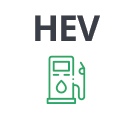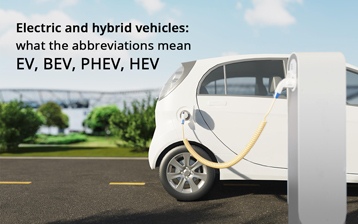The e-mobility market is rapidly growing, offering a diverse range of vehicles, from full electric to hybrid models, combining a combustion engine with an electric motor.
But what sets these types of vehicles apart? Let’s define and explore the key differences between EV, BEV, PHEV and HEV vehicles.Below you can find a glossary with the main definitions.
Electric Vehicle (EV)
An electrified vehicle (EV) uses one or more electric motors and drives to move the vehicle, storing the necessary energy in batteries.
EV vehicle types include all-electric propulsion (BEV), plug-in hybrids (PHEV) that have external charging capability, and non-charging (HEV) hybrids.
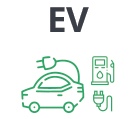
Battery Electric Vehicle (BEV)
A battery electric vehicle (BEV) is characterized by the ability to store energy inside the vehicle’s included batteries and to move with only electric motors, without an internal combustion engine; for operation it therefore needs to be connected to an energy source to recharge the battery.
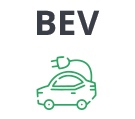
Plug-in Hybrid Electric Vehicle (PHEV)
PHEV cars share an electric motor with an internal combustion engine; the battery can be recharged both from the sockets and from the internal combustion engine.
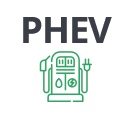
Hybrid Electric Vehicle (HEV)
Also in this case the HEV cars are driven by the interaction between two motors, one electric and one internal combustion Ice (Internal Combustion Engine) and can travel for short km in fully electric mode but without the possibility of charging from the outside.
